When we look at food waste in our homes, the two main causes of waste are buying and cooking more food than we can finish, and uncertainty over what foods are still good to eat. While the first one is firmly in our control, the latter is tricky.
One of the top reasons people end up unintentionally wasting good food is confusion over how to read date labels printed on food packaging. Out of our earnest and understandable concern about food safety, we waste food as a defensive measure. But did you know that unless they appear on infant formula, date labels are estimates of food quality and not food safety? Plus, they’re an extremely flawed way to judge which foods are still good to eat, and confusion around what they mean (and don’t mean) causes hundreds of thousands of tons of unnecessary food waste every year.
To solve this problem, we don’t necessarily need new dates or technology, we just need to find ways to become empowered eaters who trust their senses! To help you bridge the gap and take control of waste in your kitchen, we’re sharing some helpful wisdom for making the call on what to eat and what to toss. Below are some common-sense ways to know if your favorite groceries are still good to eat.
In the fridge
Eggs
If stored properly, eggs will last for 3–5 weeks after you buy them. Don’t store eggs in the door of your fridge, since this area is too warm. To easily tell if your eggs are still fresh, try placing one in a bowl of cold water. If the egg sinks, it’s still fresh. If it floats, the batch is too old and should be composted.
Milk
Milk can last for about a week after the “sell by” date. If you’re unsure if it’s still good to drink, pour a small amount into a glass and smell it. If the milk has changed color, is clumpy, or smells off, dump it out. Don’t store milk in the door of your refrigerator, since it’s too warm there.
Cheese
Cheeses are absolutely good past their expiration dates. With cheese, the best way to know if it’s still good is to use your eyes. If it has started to grow mold, you can usually just cut around the mold and eat the rest of the cheese.
Yogurt
Yogurt can last for 1–2 weeks past its printed expiration date in the fridge. Opened yogurt will last for a week or so.
Juice
Fruit juice lasts longer than vegetable juice. Juice that’s gone bad will smell sour.
Meat
The “use by” or freeze by” dates on animal proteins should be taken more seriously than other types of food. Raw meat lasts for a few days if stored in the fridge. Freeze it if you can’t use it within a couple of days.
Deli meat is a more risky food due to the potential for listeria, so you should pay attention to the printed expiration dates on sandwich meats. If it smells odd or looks slimy, throw it away.
Pantry staples
Canned goods
Canned goods like beans are good for years after the “best by” dates. Acidic items like tomatoes only last for about a year and a half. To ensure that canned goods stay fresh longer, store them in a cool, dry place.
Sliced bread
Sliced bread lasts for 5–7 days past the expiration date in the pantry but will dry out over time. Stale bread can be repurposed into homemade croutons or breadcrumbs. Whole loaves of bread last longer than pre-sliced bread. Do not put bread in the refrigerator, since this environment will actually dry it out faster. It’s best to freeze bread if you cannot finish it.
Honey
Honey is good indefinitely. It will naturally crystallize over time. If this texture is an issue for you, just gently heat the jar of honey in a bowl of warm water and it will return to a liquid.
Pasta
Dried pasta is good for 1–2 years after its expiration date. It will last longer if you store it in a container that seals tightly and keeps air out.
The takeaway: your nose knows
Always remember that date labels are one of many types of information to take into consideration when deciding if something is still good to eat. There’s no need to disregard them entirely, but don’t ignore your other senses based on what a date label says either. Use all of the information you have access to before making a decision about what to eat. When in doubt, remember that your nose knows! Your body has millions of years of evolution on its side when it comes to knowing if something is safe to eat or not. If something looks, smells, or tastes off, trust your gut and throw it away. If it looks, smells, and tastes normal, use your best judgment, and enjoy it so it doesn’t go to waste! By using your senses and some common sense, you can help reduce food waste and build a better food system for everyone.
A note on botulism
While rare, botulism is always a risk with canned foods, especially ones with low acidity like green beans, asparagus, or corn. Botulism in food happens most frequently in home-canned food since the spores thrive in low-oxygen environments, so it pays to take precautionary steps. Things like properly pressure canning your food and refrigerating garlic and oil mixtures promptly will help minimize your risk. If your store-bought cans are deeply dented, rusted, or bulging, these are all warning signs that the can may be compromised and the contents should be thrown out.
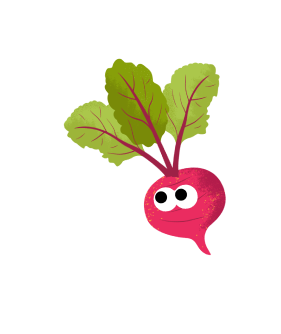



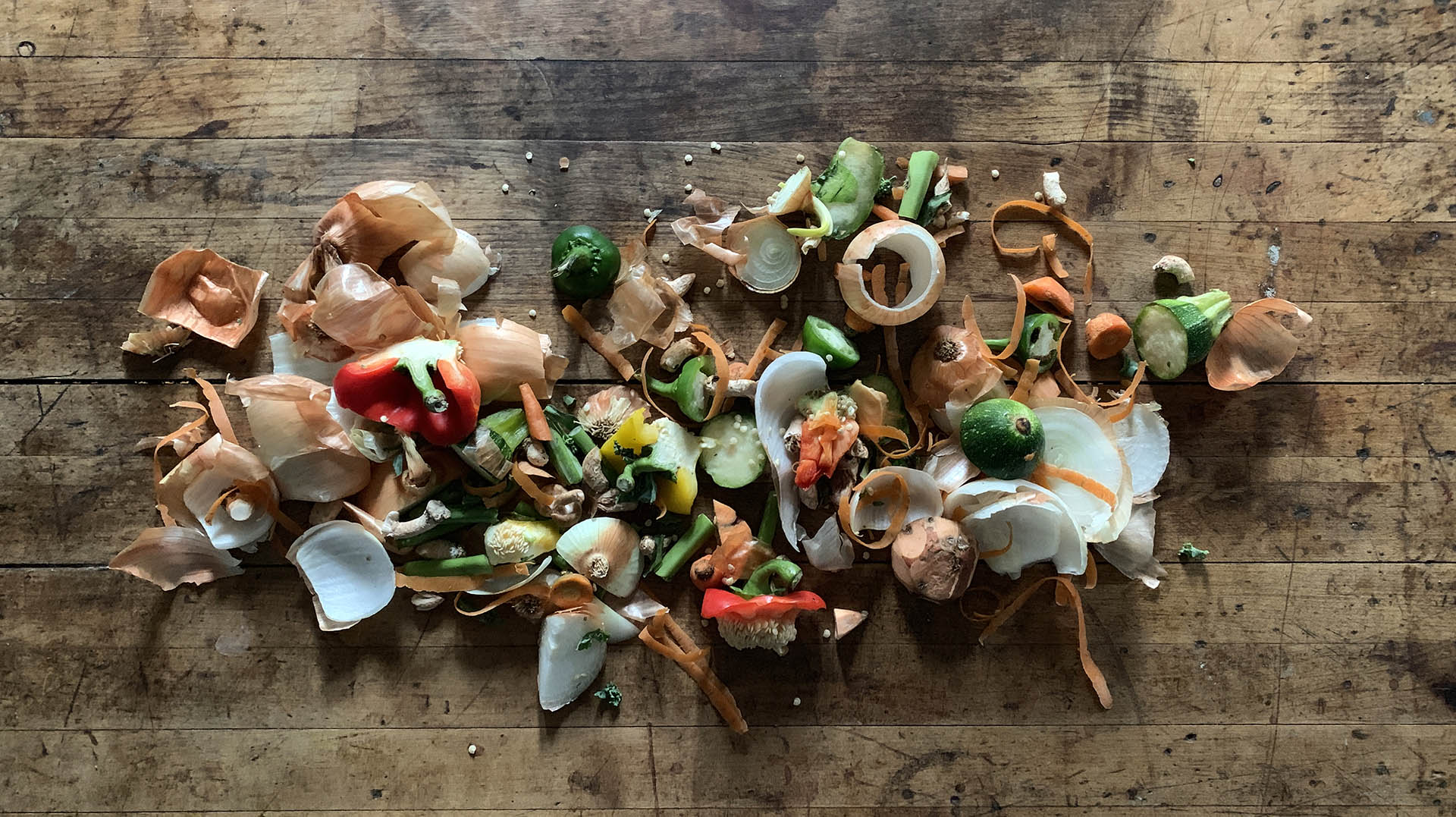
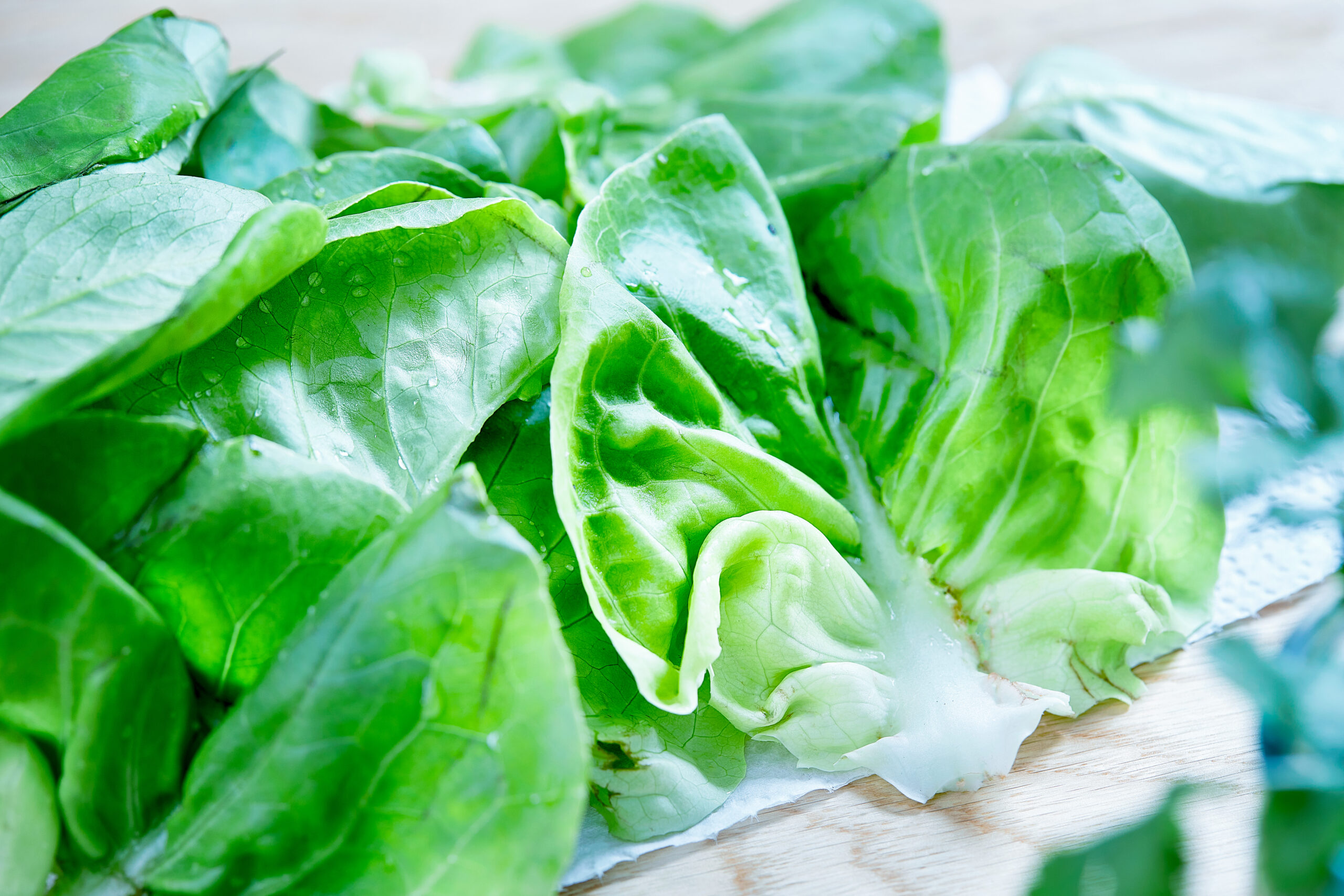
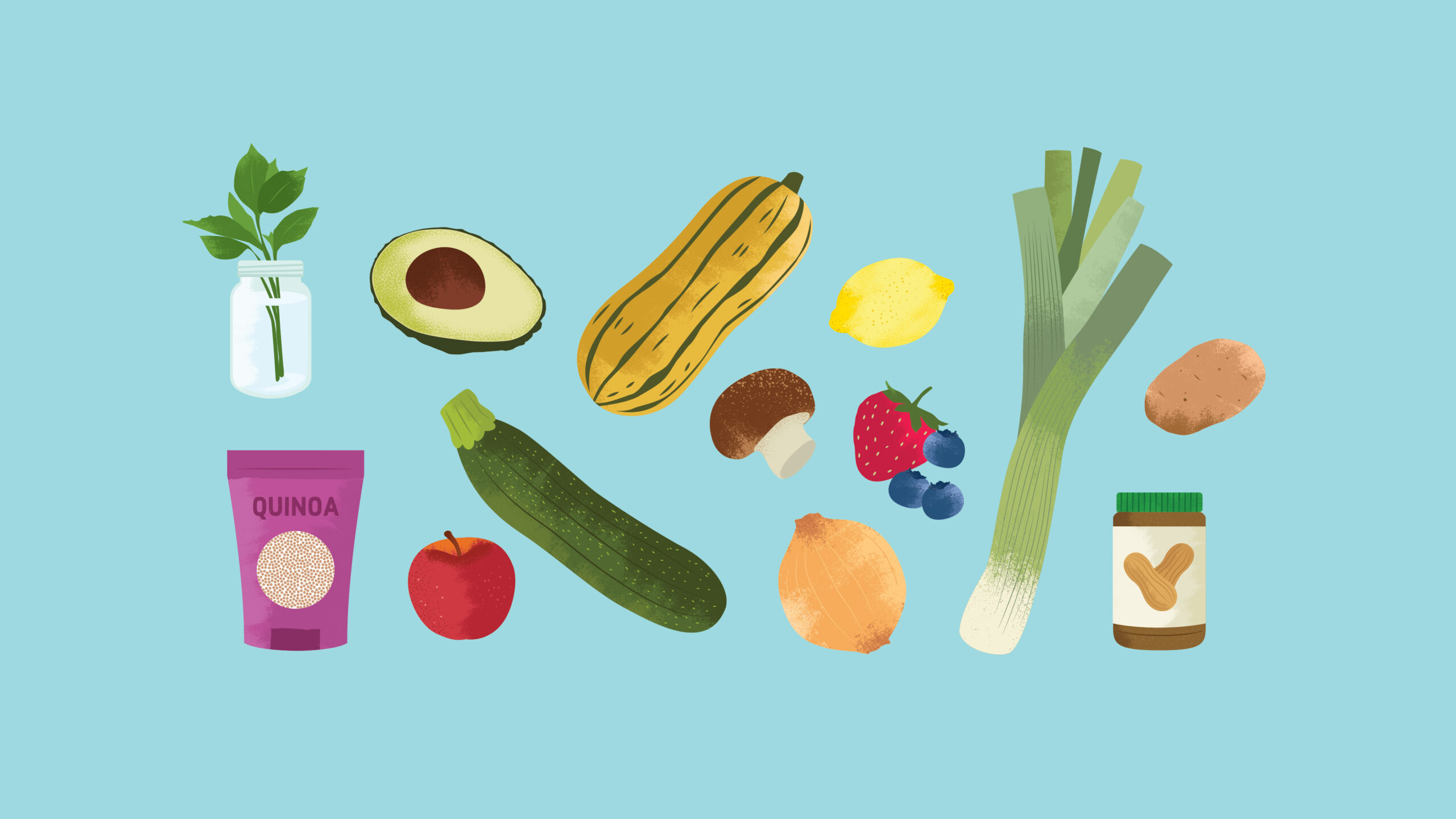
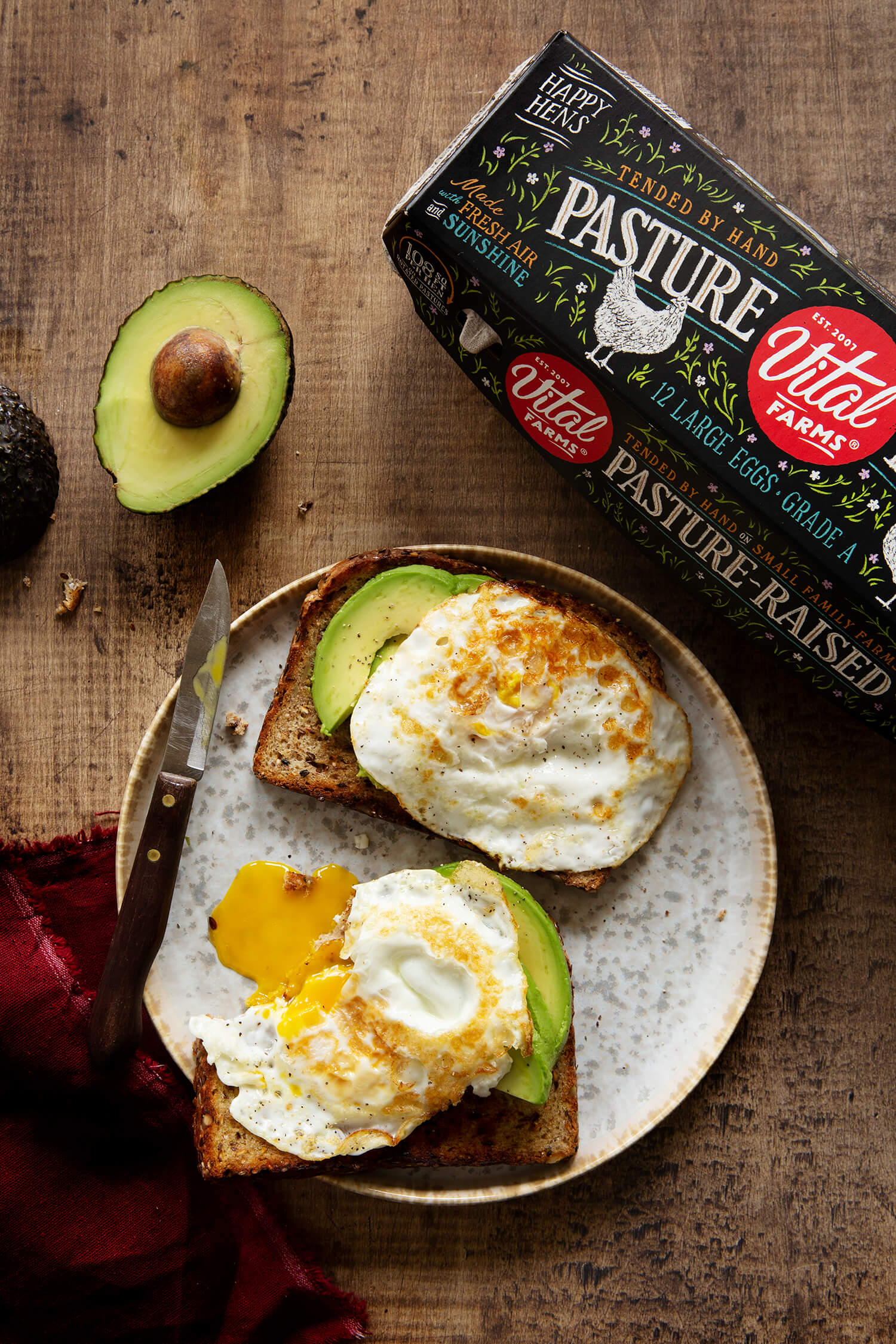


This is an excellent guide, but what about leavening agents like baking powder and yeast? I know how to test yeast, but not baking powder or mixes that include leavening like cake and brownie mix.
Check out this article for how to tell if leavening agents are still good: bit.ly/3D5kqPe ????
I wrote a blog entry a few months ago about just this topic!
Thank you reinforcing my thoughts about dates.
I read an article about “best by” dating. It was started in WWII and has continued, but for no good reason, as it has nothing to do with the product going bad. I have eaten yogurt a month or two past the “best by” date–it’s a living thing! I discard it only if it smells bad, like you said, because then, the good bacteria has died. The nose knows 🙂 As well as the rest of what I buy. I’m the OG imperfect food queen 🙂
Love to hear it so much! You ARE an imperfect food queen! ????????
A great article putting to rest some of my perceptions on various food categories and the expiration dates noted on box, can, or bottle. Keep these interesting articles coming????
I????Imperfect Foods.
We ???? you too!!!
Why do so many of the Imperfect Foods products not have “Best By” dates?
These dates are nothing more than an estimate of peak quality, and they don’t indicate when a food will become unsafe to eat. We like to help change the food system on a larger scale by encouraging all of our subscribers to use their senses when dealing with their food to avoid unnecessary waste caused by false printed dates.
Great tips, but how about non-dairy milk and yogurt?
It’s possible for items like this to last for a week or so past the date printed.
We always encourage you to give the item a sniff and ultimately use your best judgement! ????
I think this is a great post – and does a nice job explaining that food is edible past any date the manufacture puts on the container. Valuable info for consumers. Dates are also useful for practicing FIFO in your kitchen (first in, first out).
I did want to clarify one point – bread does not dry out in the fridge. The temperature is ideal to cause the starch from the flour to change structure and the bread stales (or looses softness). The freezer, as you wrote, is the best place to store your bread; in a sealed freezer bag.
Sharon Book (PhD. Food Science)
What about bottled salad dressings, sauces (like sweet & sour), mayo, etc? I am never sure how long those types of things are safe to eat. I use them slowly but then get worried they are not safe to use. Can you tell us how we know?
Check out this awesome article we found about the shelf lives of different dressings and sauces: bit.ly/3og77qU ????
I live on a strict budget and did a price comparison and was able to save nearly 40% on my grocery bill and had free delivery with Imperfect Foods, what a pleasant surprise especially on the name brands. TPL
We love to hear it! ????